In the consumer and enterprise segment, Global IP traffic is rapidly increasing. This surge in the internet traffic is a result of:
- A growing number of internet users
- A growing number of connected gadgets and devices
- Availability of faster broadband and wireless access
- Social networking
- High-quality video streaming
- Internet-oriented entertainment industry Etc.
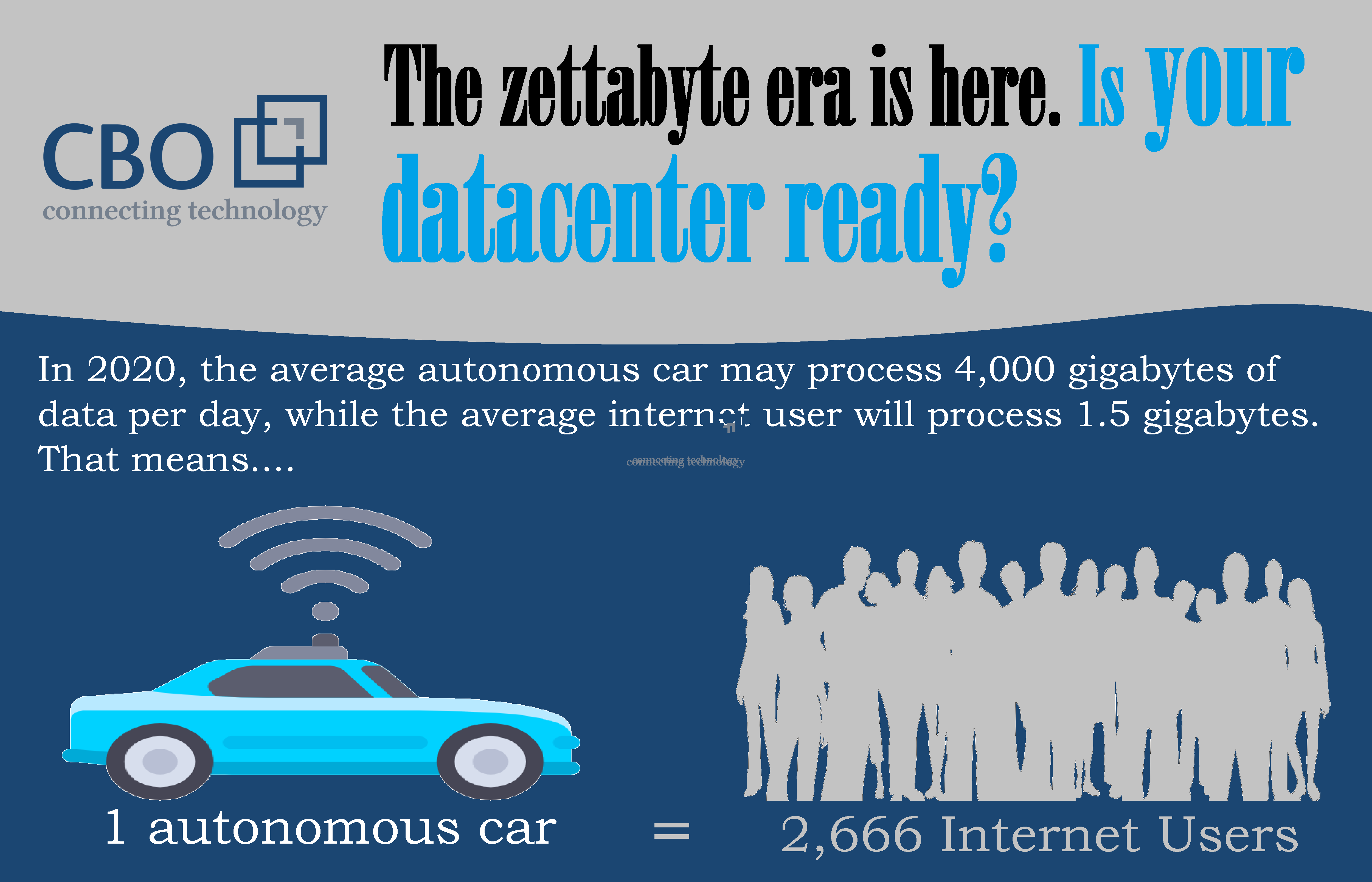
According to a report published by Arista, the forecasted annual internet traffic for the year 2020 is 15000 Gigabytes of data. Now the question is, from where does this enormous growth in data come from? Well, a self-driving car is estimated to generate 2 million gigabytes of data per ear. A virtual reality headset designed to provide you with a 360-degree digital experience uses around 220 gigabytes an hour. Virtual reality headsets, HDR videos, and self-driving cars are just a few examples of data-intensive applications which are becoming part of our everyday lives.
Growing Role of Data Centers
Globally located data centers play a vital role to support storage, computing, and content delivery services for consumers and enterprises. According to Cisco`s research, by 2021, 92% of the data center workload will be handled by cloud-based data centers and traditional data centers will process the meager 8%. It is because the cloud-based data centers can operate at a higher efficiency with low power requirements and low overall cost per workload. Moreover, cloud data centers are way better than traditional data centers in terms of scalability.
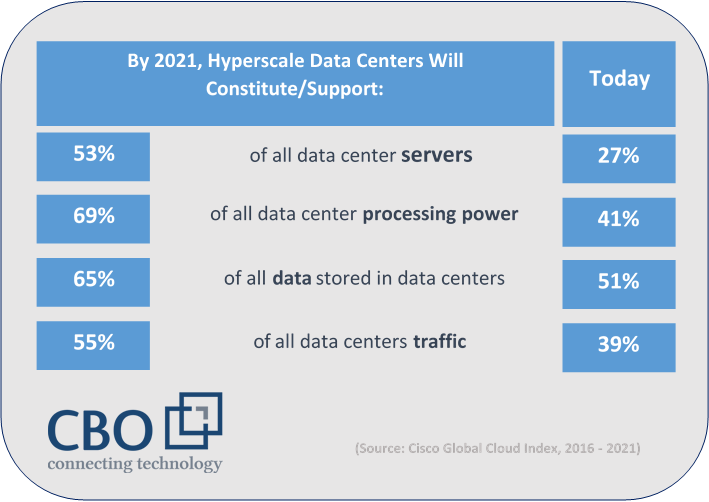
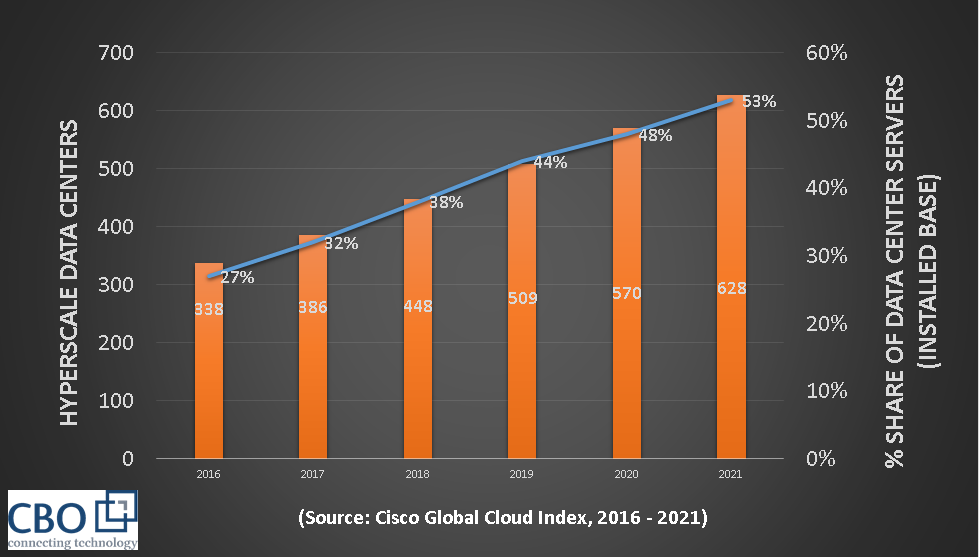
As per Cisco`s Global Cloud Index for the period between 2016-2021, hyper-scale data centers will grow in number quite rapidly. By 2021 there will be around 628 data centers – a lot more than the number of data centers that were operating in 2016. Thus, around 53% of all up and running data centers will be hyper-scale data centers.
Cisco`s Forecasted a Surge in Data Center Traffic
In 2016 annual data center traffic was around 6.5 ZB (zettabytes). According to Cisco`s forecast, the annual data traffic will grow to 19.5 ZB by 2021. Moreover, cloud data centers will generate a more significant share of traffic, and most traffic will route in-between the data centers.
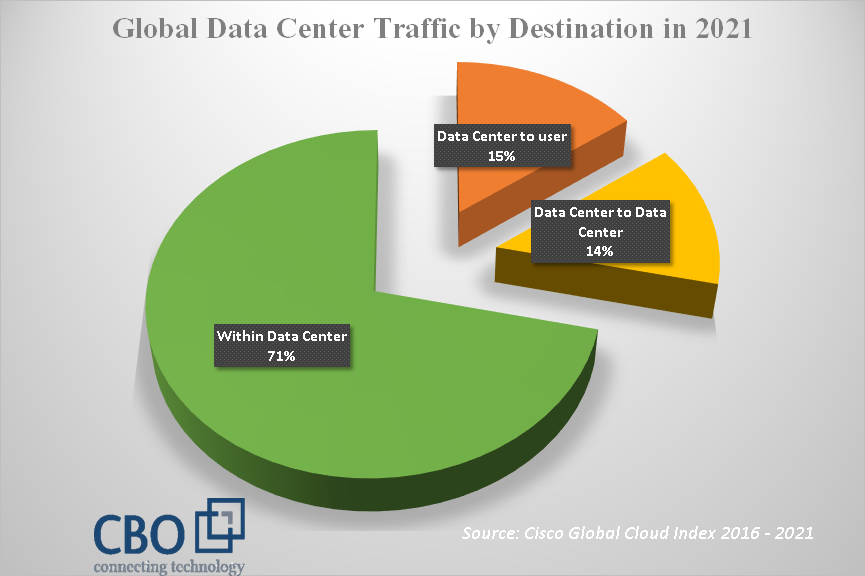
Cloud Business Challenges
When it comes to supporting and enhancing cloud business growth more competitive services and high performance for consumers and the enterprises can be considered as two most critical elements. In today`s scenario, cloud data center business is facing various challenges including:
- Port density
- Cost efficiency
- Power density
- Reach limit
- Product availability
- Software resources
- Resilience
- System scalability
- Sustainability
Now, let us analyses different Ethernet generations and see what Ethernet networking options we have available today and what other solutions are going to be available soon.
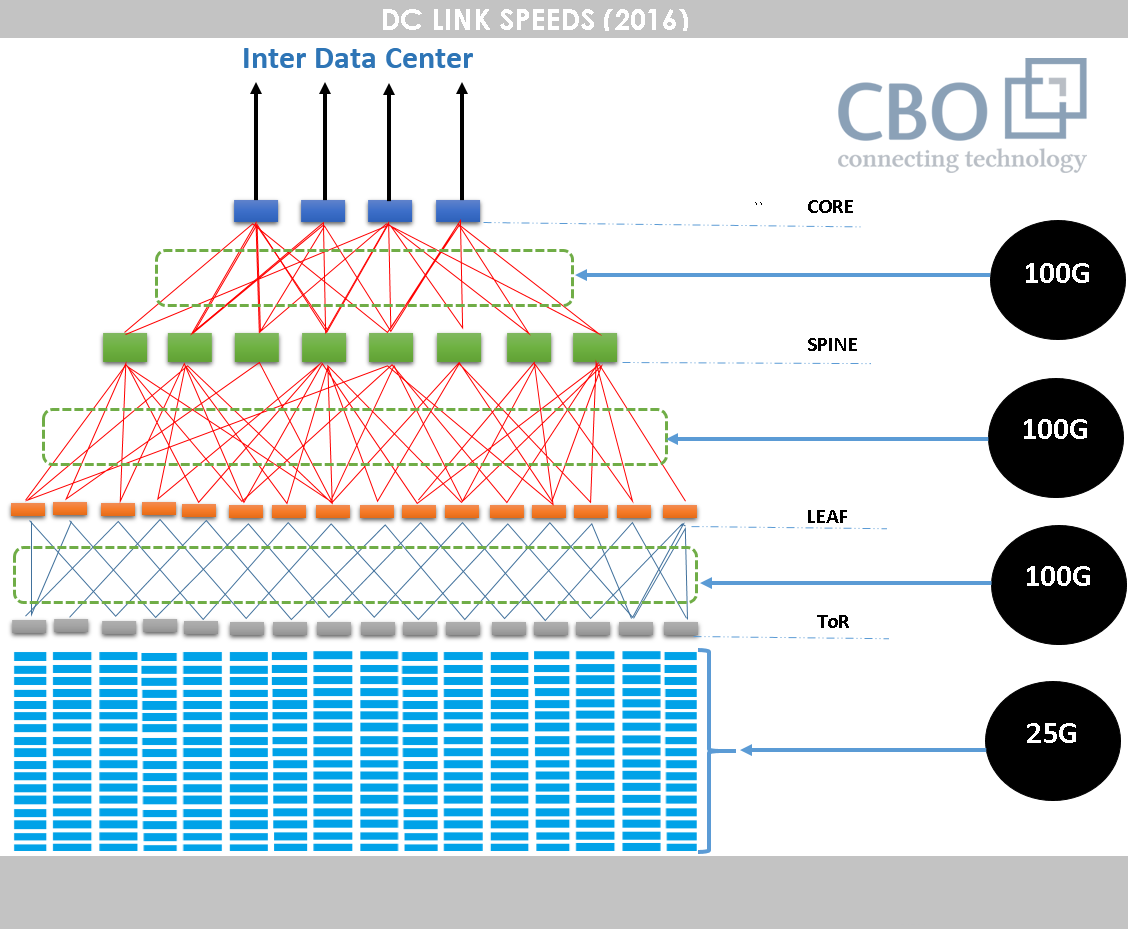
2017-2018: 100G Ethernet Generation
In 2016, 100G Switch (core, spine, and ToR) ports and 25G/50G server ports became usual in most hyper-scale sized data centers replacing previously dominating 10G servers and 40G switches. This migration speedily raised overall system bandwidth by 2.5 times with a nominal incremental cost. Several reports indicated that the 100G switch ports outnumbered 40G switch port shipments However, 100G is nothing but a beginning of what is going to be unleashed. Consider the following facts:
- Overall data center bandwidth is increasing around 20 times per four years
- Data center power requirement and consumption is doubling every two years
- Hardware refresh cycle for data centers hits every two years.
Thus, 800G or even superior class Ethernet is going to get familiar in a few years as all the stakeholders are working together to come ahead with new hardware and software resources.
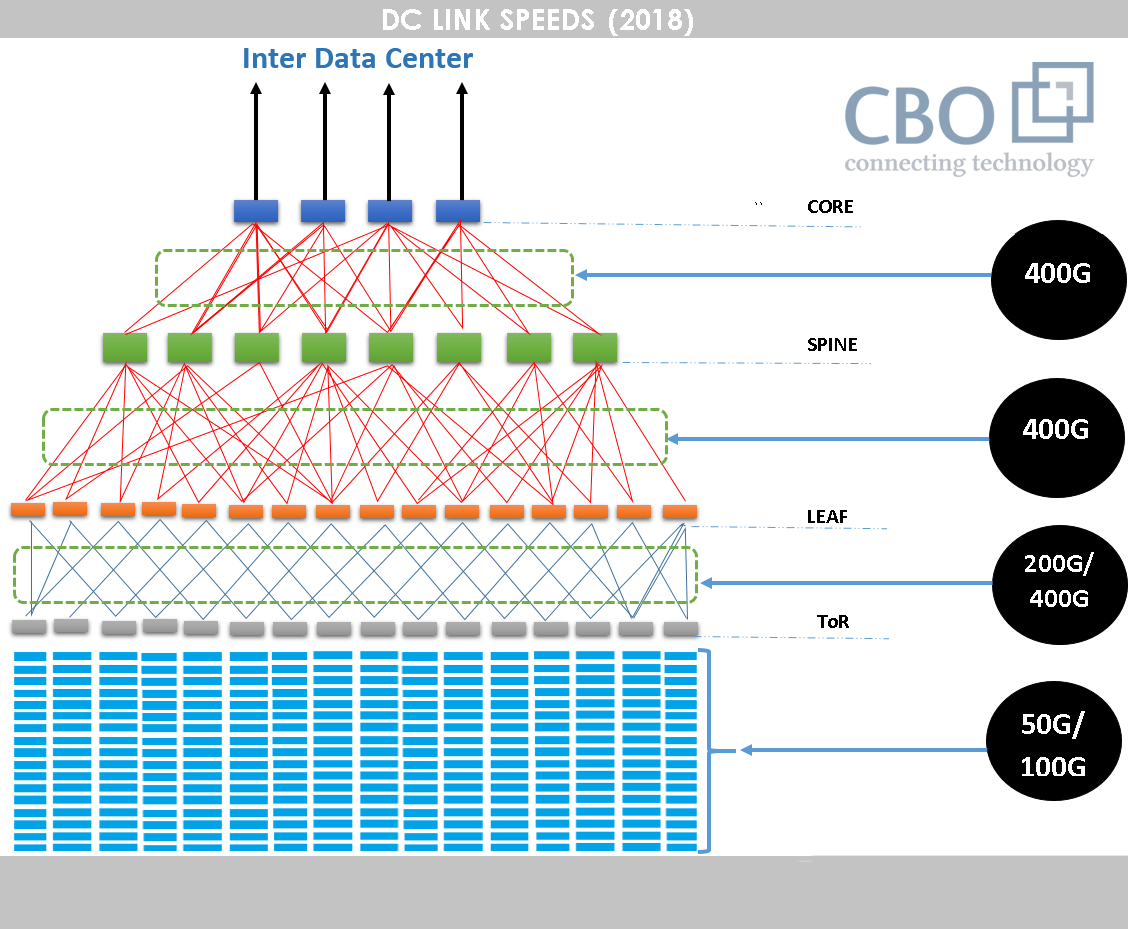
2019-2020: 200G/400G Ethernet Generation
Driven by Internet Service Providers (ISPs) and Cloud Service Providers (CSPs) Network ASIC vendors and system vendors are working together to develop modern, next-generation networking and data center computing hardware. Moreover, Standard Agencies (such as OIF and IEEE 802.3) and industry consortiums have accelerated their efforts across multi-source agreement (MSA) and standards development. Back in 2017, during Optical Fiber Conference and DesignCon, various vendors came ahead and displayed their latest products. Those products included Ethernet switches with 200G/400G ports and network interface cards (NICs).
According to the leading Cloud Service Providers and various networking forecast reports 200G and 400G Ethernet will emerge as the leading technology during 2019 – 2020 with:
- 50G/100G Servers
- 200G or 400G leaf, spine, core, and ToR switch ports
2022-2023: 800G/1.6T Ethernet Generation
On one hand, 200G and 400G Ethernet solutions are growing. On the other hand development of the future generation, 800G and 1.6T Ethernet have already begun. OIF launched a project called OIF CEI 112G back in 2016. The scope of this project is the development of a Common Electrical Interface for very short reach (VSR) chip-to-module interfaces. Not only is this but the OIF pursuing many other projects including:
- CEI-112G-XSR
- CEI-112G-LR
- CEI-112G-MR
- CEI-112G-VSR
- CEI-112G in MCM
- (Etc.)
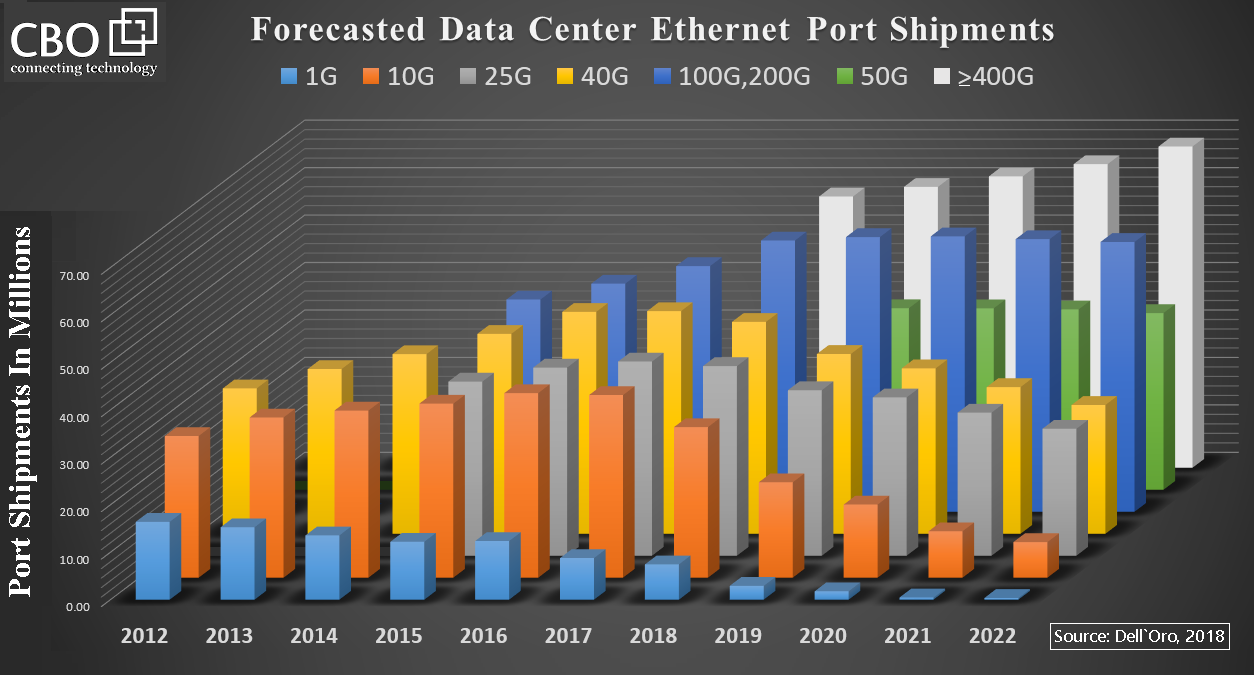
Conclusion:
The future steep growth in Internet usage is forcing data center operators and service providers to adopt sustainable data center interconnect strategies. 200G and 400G Ethernet have become the choice of data center operators. The following chart can provide you with a good idea of how fast things are transforming as 1G Ethernet is about to vanish and 400G Ethernet is going to dominate the market share by 2022:
 English
English
 Deutsch
Deutsch
 Espaniol
Espaniol










